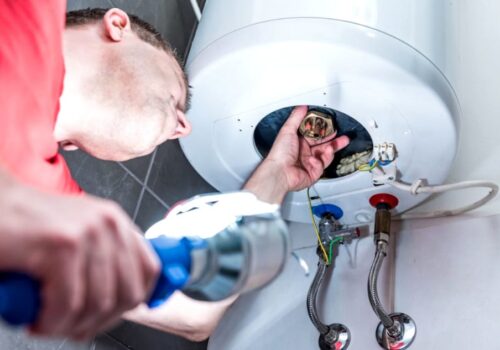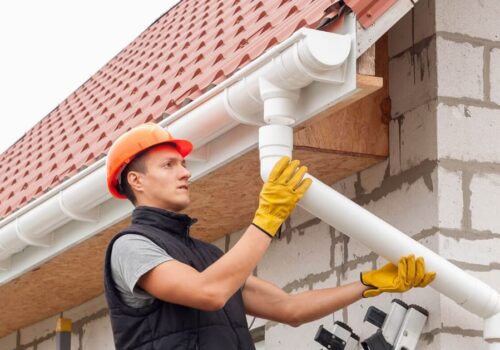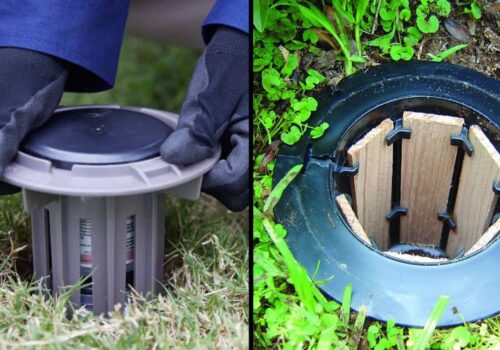Why Are Your Floor Tiles Loose? Discover Causes and Repair Tips
When you step across your kitchen or bathroom and hear that disheartening crack or feel an unsettling shift beneath your feet, you’ve encountered a common but troubling issue in home maintenance: loose floor tiles. As a flooring specialist with years of experience troubleshooting and resolving such problems, I’ve gained a deep understanding of why tiles lose their grip and how to efficiently secure them back into place. In this guide, we’ll delve into the common causes behind loose floor tiles, the signs that warn of their impending release, and step-by-step repair tips to fix them. Whether you’re a DIY enthusiast or considering professional help, this article will equip you with the knowledge to address your tile troubles head-on.
What Causes Loose Floor Tiles?
The battle against loose floor tiles repair begins by understanding their common culprits. Several factors can undermine the durability of your tiled floor, including:
- Poor Installation: A tile floor’s longevity starts with its installation. Incorrect adhesive application, inadequate thin-set, or rushed jobs can lead to tiles popping up later on.
- Moisture Damage: Water can seep through cracks and erode the adhesive bond between tiles and the subfloor, especially in high-humidity environments like bathrooms and kitchens.
- Age of Tiles: Over time, even the sturdiest tiles can succumb to wear and tear, causing them to become loose or damaged.
- Subfloor Issues: Any movement or issues within the subfloor can directly affect the stability of your tiles, leading to cracks or loosening.
How to Identify Loose Floor Tiles
Recognizing early signs of trouble can save you from more extensive repairs down the line. Here are symptoms to keep an eye out for:
- Creaking Sounds: A clear indication that tiles are starting to lose their bond.
- Visible Gaps: Spaces between tiles suggest that they’re moving apart.
- Tiles Lifting: If tiles easily shift or lift, immediate attention is required.
Regular inspections and maintenance can prevent minor issues from becoming larger problems.
Repairing Loose Floor Tiles: Step-by-Step Guide
Fixing loose tiles doesn’t always require a complete overhaul. Here are practical tips for tile floor repair:
- Remove the Damaged Tile: Carefully lift the loose tile using a putty knife or similar tool.
- Clean the Area: Remove old adhesive from the tile and the floor for a clean bonding surface.
- Apply Adhesive: Use a quality tile adhesive to secure the tile back into place.
- Set the Tile: Press the tile firmly onto the floor, wiping away any excess adhesive.
- Re-grouting: Once the adhesive has set, apply new grout around the tile to seal it in place.
When to Seek Professional Help
While many loose tiles can be fixed with a bit of elbow grease, some situations require a professional’s touch. If you’re dealing with extensive damage, subfloor issues, or simply don’t feel confident in your DIY skills, calling in a flooring expert can ensure the job is done right and lasting.
Understanding why floor tiles become loose and knowing how to address the issue is key to maintaining a beautiful and functional tiled space. By following these repair tips or consulting a professional when needed, you can ensure your floor remains sturdy and attractive for years to come. Remember, preventive care is always the best approach to avoid loose tiles.
By keeping your tiled floors in check, you’re not just preserving their aesthetics but also ensuring the safety and comfort of your living space. So, take action today and give your tiles the attention they deserve.





